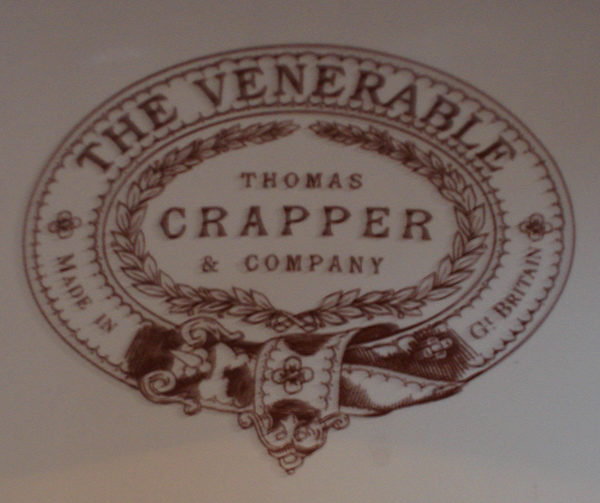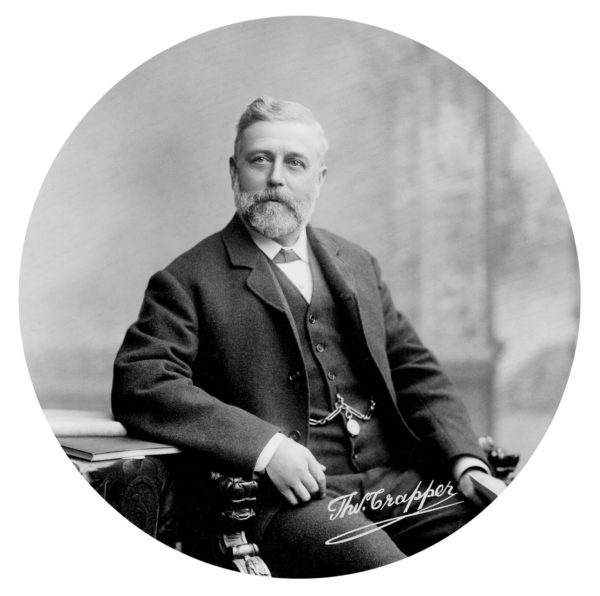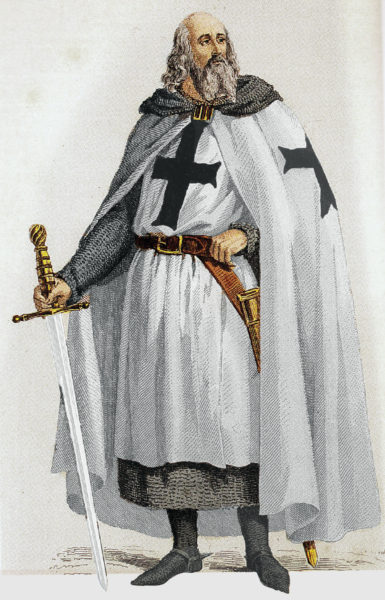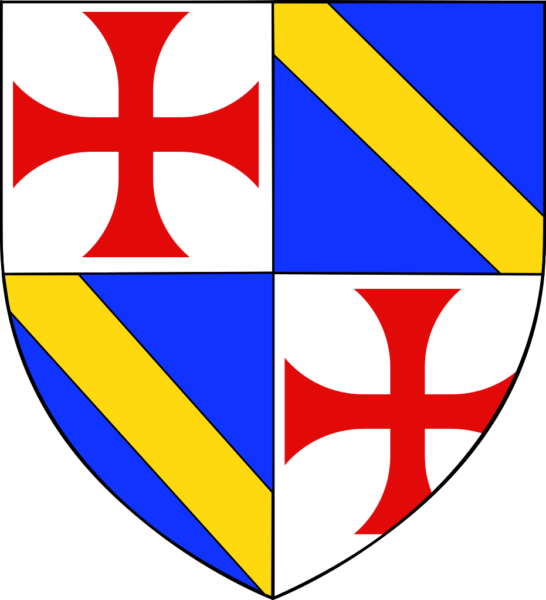
Whom and what can you believe these days? Today it’s known as “False or Fake News” and during the Reagan era, it was called “Spin.” A headline (or social media) is where it all starts. I should know. Remember my blog called Cindy Lauper and the Naked Princess? That one got a lot of attention. I recently read a BBC History Magazine article entitled The Legend of Thomas Crapper: Five Myths. It appears as though there has been a fair amount of false news perpetuated about Mr. Crapper over the past century. I suppose it’s all a bunch of crap.
Meet Thomas Crapper

Thomas Crapper (1836−1910) is fondly remembered as the inventor of the toilet or if you will, the flushing toilet. However, is this really true? No, it’s not as we’ll see in a moment. Thomas was seventeen when he apprenticed under his brother George, a master plumber. By the time Thomas was twenty-five, he had gone out on his own and started a brass foundry and plumbing shop near Chelsea (now an affluent section of West London and my nephew’s favorite English Premier League team). Read More Thomas Crapper: Remembered From the Bowels of History



